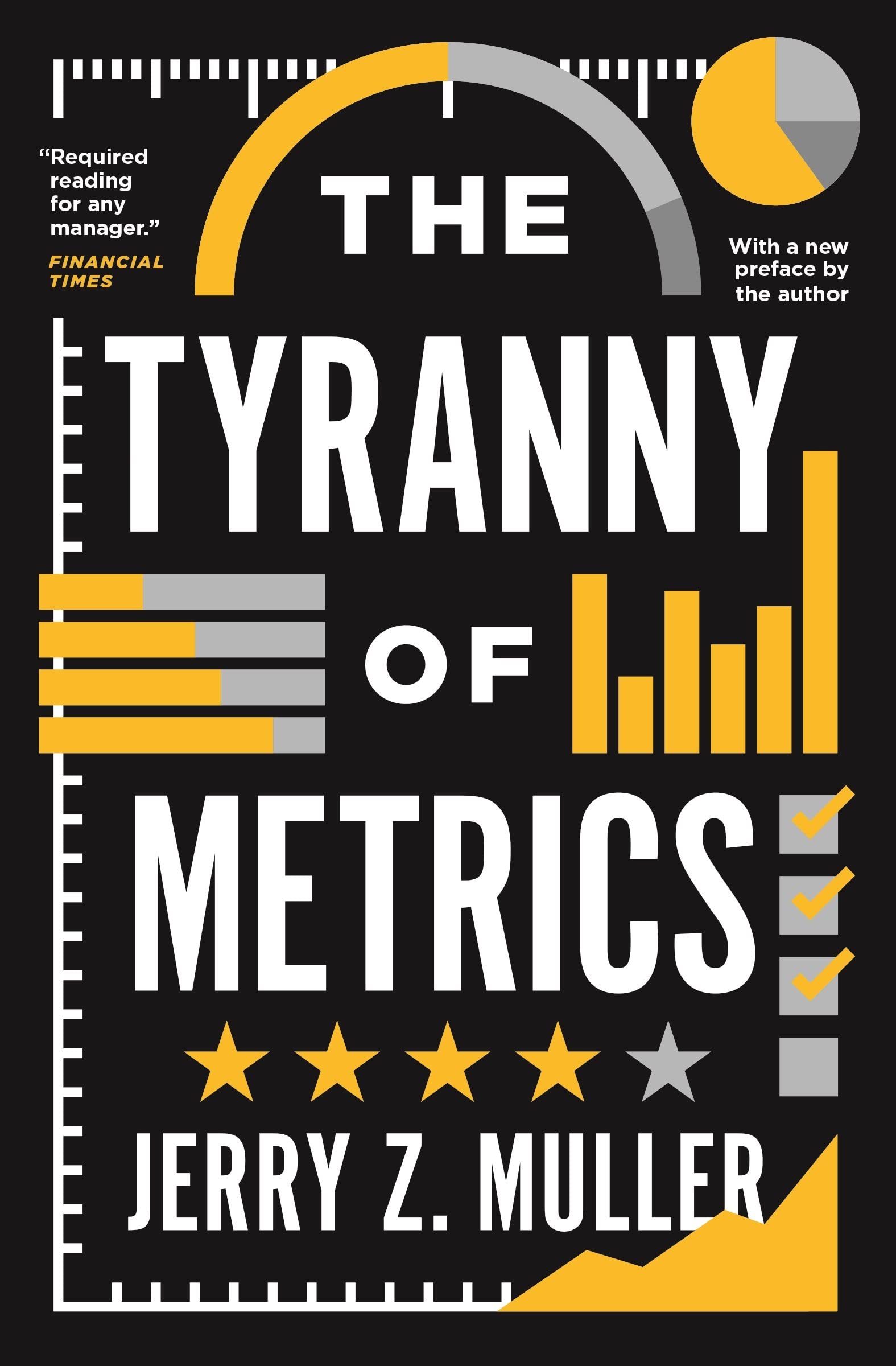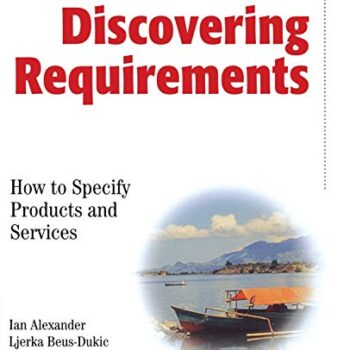
The Tyranny of Metrics
In his book, Jerry Muller challenges the obsession with measuring human performance and uncovers the damage metrics are causing. He provides examples of how metrics can be beneficial when used in conjunction with personal experience and judgment, as well as an invaluable checklist for when and how to use them. This brief but impactful book offers a much-needed corrective to a harmful trend that increasingly affects us all – providing readers with an essential guide on how we can begin to fix this problem. This is a great read!
You may also be interested in...
-
Agile Business Analysis
View on AmazonAgile Business Analysis: Enabling Continuous Improvement of Requirements, Project Scope, and Agile Project Results is designed for Business Analysts of all levels, from all types of environments. Through modelling techniques, documentation, communication and meetings, reporting and governance, Business Analysts will learn to provide invaluable support to agile projects. This books shows you how to build user stories and elaborate requirements to ensure that all stakeholders understand what is being developed. It will also show you how to facilitate the estimation process, ensuring effective application of lessons, improvements, and efficiencies. This is a well organised and easy-to-follow introduction to agile Business Analysis practices.
-
Discovering Requirements
View on AmazonDiscovering Requirements: How to Specify Products and Services is a comprehensive book useful for anyone looking to get the most out of their projects. It contains a wealth of carefully checked tips and tricks, illustrated examples, checklists, summaries, keywords and exercises that will help you discover requirements and better understand the real problems you’re trying to solve. Additionally, guest boxes from other experts provide extra hints and advice that can further enhance your understanding or give new ideas on how best to approach a project. It includes a full chapter on product qualities and constraints and how to discover, document, and validate non-functional requirements.
-
Business Analysis Techniques
View on AmazonThe business analyst now needs the widest possible array of tools and the skills and knowledge to be able to use each when and where it is needed. This book describes 99 business analysis techniques and explains the context in which they are used within a business analysis effort. Each of these techniques are specific “tools” that can applied at various stages of a project life cycle. In addition to showing how the various techniques fit within business analysis process the book is designed to serve as quick reference. Considering the amount of techniques covered this book, it is by far the best out there for business analysis tools and techniques.


